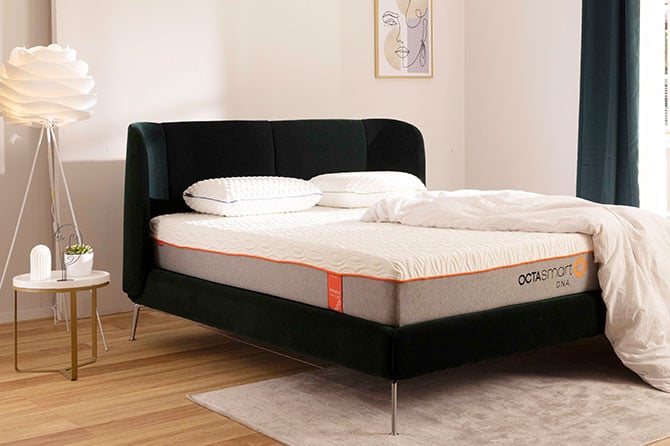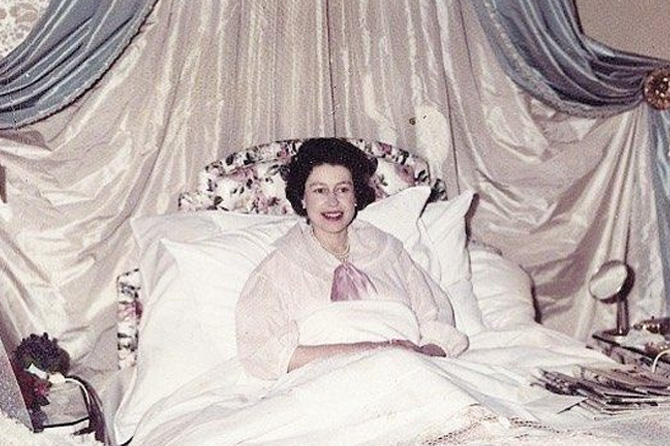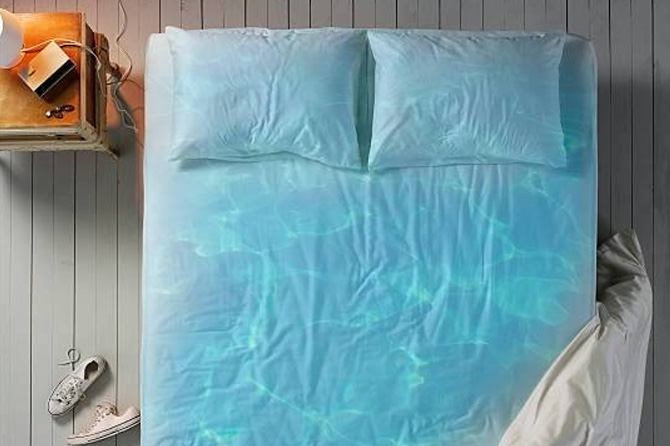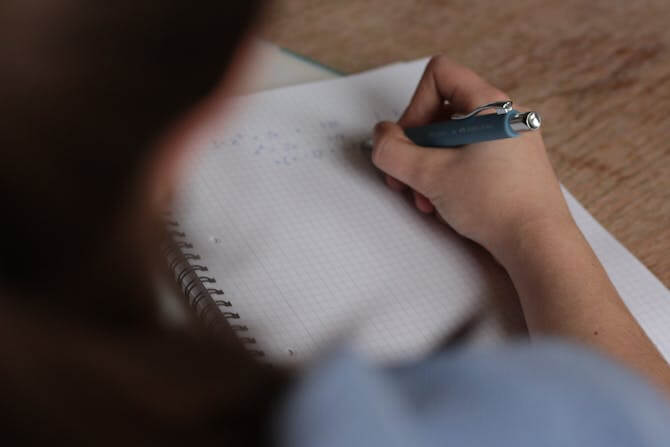
Sleep Innovations: 70 Years Of Sleep
In celebration of Her Majesty the Queen's Platinum Jubilee, we've gone back over the last 7 decades, looking at sleep innovations over the years during the Queen's reign.
70 Years of Sleep Innovations
For 70 years, Her Majesty the Queen has ruled our country. As the longest serving Monarch of this country, Queen Elizabeth II has witnessed wars, riots, international disasters, the rise and fall of the Spice Girls, and has seen 14 Prime Ministers come and go.
Since her reign began in 1952, the Queen, like many of us, have witnessed technological advancements (some for the good, some for the bad!), but all in the name of progression. This includes sleep.

With developments in beds and mattresses enabling us to sleep better than ever before, we’re going back through the last 70 years to remind ourselves of quite how far sleep has come along…
50's - The Foam Mattress
Latex foam was first developed by Dunlop in 1929. Yes, the same Dunlop that’s synonymous with the world of tires. A major development in the mattress industry was the introduction of polyurethane foam. During World War II, rubber was expensive and difficult to obtain which necessitated the need for a replacement. While it was cheaper, it was known to be toxic and gave off an offensive odour which made sleep on it quite difficult, I expect.
In the 1950s, foam mattresses were believed to have been introduced by Firestone (another well-known tire producer) with their polyurethane foam mattress, followed by foam rubber (now called latex foam ) mattresses.
They only made a small dent in sales of innerspring mattresses which had been around for a long time and, at the time, was the most popular type of mattress.
60s - Waterbeds
Science fiction writer Robert A. Heinlein described therapeutic waterbeds in his novels during the 40s, 50s and 60s, and although he made no attempt to build his invention, when American Charles Hall did, he was denied a patent claim based on Heinlein's "prior works". Hall was later granted a patent in the late 60s when he modified and specified his design just after the "Summer of Love".
He started what became a $2 billion industry, with waterbeds becoming renowned during the 70s and 80s for making bedtime less about sleep and more about …fun.
By 2013, waterbeds accounted for less than 5% of new bed sales… cue the memory foam.

70's - Memory Foam is Invented
The increased use of polyurethane soon gave way to memory foam (a type of polyurethane foam) which was originally created by a man called Charles Yost for NASA in the 1970s. Charles Yost was contracted to find a solution to NASA’s problem of support for astronauts during flight, which he did by creating an open-cell material that he named ‘temper foam’.
For years Yost attempted to find other uses for his new wonder foam, ranging from medical to military applications, yet in 1974 he sold the formula to a company who needed a new lining for football helmets… Big mistake, we say!
80's - The Airbed Goes Mainstream
The earliest patent found related to the air mattress comes from 1853. Inventor John Scott discovered the benefits of combining a fabric mattress with the firmness of a giant air bubble… and ta-da, let’s welcome the airbed!
Most modern air mattresses were made of polyvinyl chloride (PVC); a material that’s become one of the most used plastics. However, with the use of vinyl chloride (a known harmful carcinogen) in its production, air mattress companies have stepped away from PVC to create a safer, eco-friendly option.
90's - Memory Foam is Sold to the Public
In 1991, a Swedish company appeared on the sleep scene with perfected version of memory foam. Known as Fagerdala World Foams, they’d spent the previous decade improving the formula and released it in the Tempur-Pedic Swedish Mattress.
From there on out, memory foam was used in medical settings. When patients were required to lie immobile in bed on a firm mattress for an unhealthy period of time, the pressure on their bodies impaired blood flow, causing pressure sores or gangrene. In came memory foam with its pressure-relieving properties and heat-retaining ability which was known to help pain sufferers who found the added warmth a pain relief. Memory foam was initially too expensive for widespread use but as it became popular the science around it improved, and made it far more affordable.
Its most common domestic uses are now mattresses, pillows, shoes, and blankets.
We told you Charles Yost was making a big mistake…
00's - The Hybrid Mattress is Invented
After many years of pocket-spring dominance, a new contender appeared.
Hybrid mattresses made using memory foam were introduced to the public in 2008. They were developed as a result of complaints from customers that coil and foam systems alone didn’t provide the level of comfort needed for sound, uninterrupted sleep.
Hybrid mattresses combine the best features of at least two other types of sleep systems to give sleepers a mattress with a comfortable, more personalised feel. The combinations and configurations of the materials used in hybrid mattresses differ among the various manufacturers. Most hybrids, however, include metal coils similar to those found in traditional innerspring mattresses. The individual coils provide added support and are wrapped in fabric pockets which helps to reduce both the noise from squeaky springs and motion transfer caused by restless sleeping partners.
Hybrids mattresses are so good in fact, that we decided to add them to our mattress range. Check out our selection to see exactly what we can offer you!
10's – Dormeo Arrives in the UK!
We landed on UK soil back in 2002 in the magnificent surroundings of High Wycombe with a single foam mattress. This led to a “revolution” and the Studio Moderna International Brands® began changing peoples’ perception about sleeping habits, quickly becoming the synonym for a good and healthy night's sleep, good value for money, safe purchase, and best service.
Dormeo® offers night after night of great sleep to more than 10 million people in Europe and is present in 40 countries from all over the world: Central and Eastern Europe, United Kingdom, United States of America, Germany, Netherlands, Canada, Japan, Australia.
20’s - Dormeo Launch DNA
The latest innovation in the world of sleep. The first personalised mattress using an app that takes your measurements using body scanning technology. It then combines your measurements with our unique Octaspring technology to create a truly personalised mattress. You even can have personalised sides of the mattress if you and your partner sleep in different ways (maybe she likes to sleep on her side and he likes to sleep on his back), with your names on it so you know which side is for who!
It's environmentally friendly too! Free from harmful chemicals and emissions, certified by OEKO-TEX certificates and designed to leave 50% less environmental footprint, Dormeo DNA mattresses can be 100% recycled.

Find a mattress unique to you and check out our newest mattress! There’s a revolution in sleeping coming and it’s in our DNA.








Leave a Reply